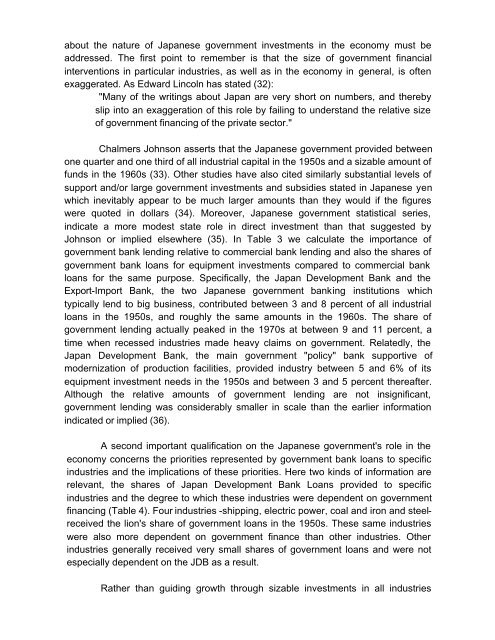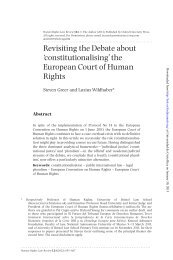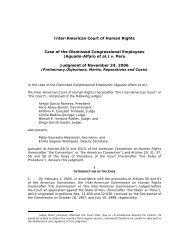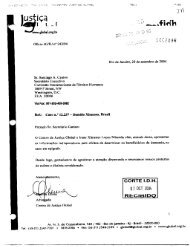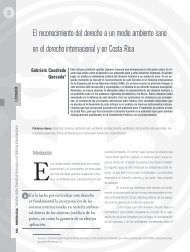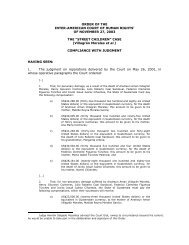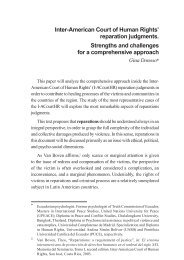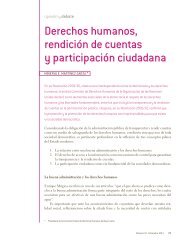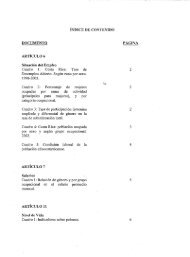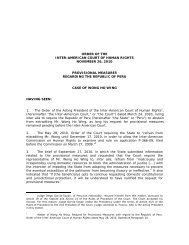The Political Economy of Japan Bradley M. RICHARDSON
The Political Economy of Japan Bradley M. RICHARDSON
The Political Economy of Japan Bradley M. RICHARDSON
- No tags were found...
Create successful ePaper yourself
Turn your PDF publications into a flip-book with our unique Google optimized e-Paper software.
about the nature <strong>of</strong> <strong>Japan</strong>ese government investments in the economy must beaddressed. <strong>The</strong> first point to remember is that the size <strong>of</strong> government financialinterventions in particular industries, as well as in the economy in general, is <strong>of</strong>tenexaggerated. As Edward Lincoln has stated (32):"Many <strong>of</strong> the writings about <strong>Japan</strong> are very short on numbers, and therebyslip into an exaggeration <strong>of</strong> this role by failing to understand the relative size<strong>of</strong> government financing <strong>of</strong> the private sector."Chalmers Johnson asserts that the <strong>Japan</strong>ese government provided betweenone quarter and one third <strong>of</strong> all industrial capital in the 1950s and a sizable amount <strong>of</strong>funds in the 1960s (33). Other studies have also cited similarly substantial levels <strong>of</strong>support and/or large government investments and subsidies stated in <strong>Japan</strong>ese yenwhich inevitably appear to be much larger amounts than they would if the figureswere quoted in dollars (34). Moreover, <strong>Japan</strong>ese government statistical series,indicate a more modest state role in direct investment than that suggested byJohnson or implied elsewhere (35). In Table 3 we calculate the importance <strong>of</strong>government bank lending relative to commercial bank lending and also the shares <strong>of</strong>government bank loans for equipment investments compared to commercial bankloans for the same purpose. Specifically, the <strong>Japan</strong> Development Bank and theExport-Import Bank, the two <strong>Japan</strong>ese government banking institutions whichtypically lend to big business, contributed between 3 and 8 percent <strong>of</strong> all industrialloans in the 1950s, and roughly the same amounts in the 1960s. <strong>The</strong> share <strong>of</strong>government lending actually peaked in the 1970s at between 9 and 11 percent, atime when recessed industries made heavy claims on government. Relatedly, the<strong>Japan</strong> Development Bank, the main government "policy" bank supportive <strong>of</strong>modernization <strong>of</strong> production facilities, provided industry between 5 and 6% <strong>of</strong> itsequipment investment needs in the 1950s and between 3 and 5 percent thereafter.Although the relative amounts <strong>of</strong> government lending are not insignificant,government lending was considerably smaller in scale than the earlier informationindicated or implied (36).A second important qualification on the <strong>Japan</strong>ese government's role in theeconomy concerns the priorities represented by government bank loans to specificindustries and the implications <strong>of</strong> these priorities. Here two kinds <strong>of</strong> information arerelevant, the shares <strong>of</strong> <strong>Japan</strong> Development Bank Loans provided to specificindustries and the degree to which these industries were dependent on governmentfinancing (Table 4). Four industries -shipping, electric power, coal and iron and steelreceivedthe lion's share <strong>of</strong> government loans in the 1950s. <strong>The</strong>se same industrieswere also more dependent on government finance than other industries. Otherindustries generally received very small shares <strong>of</strong> government loans and were notespecially dependent on the JDB as a result.Rather than guiding growth through sizable investments in all industries


